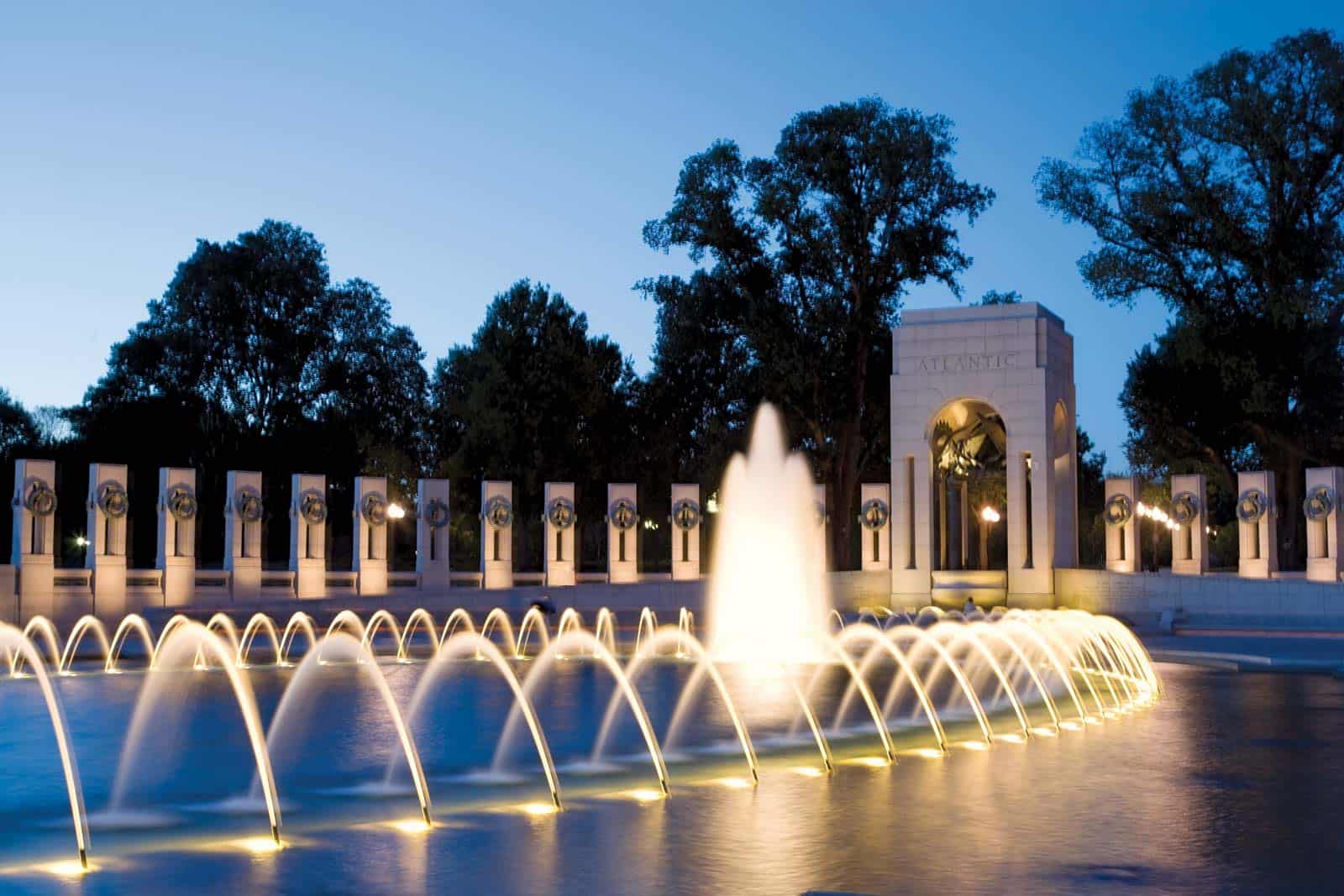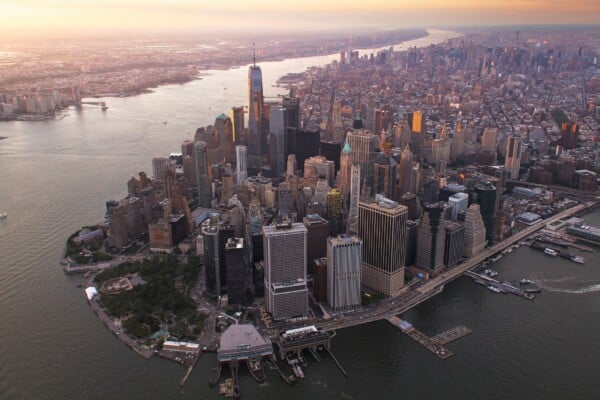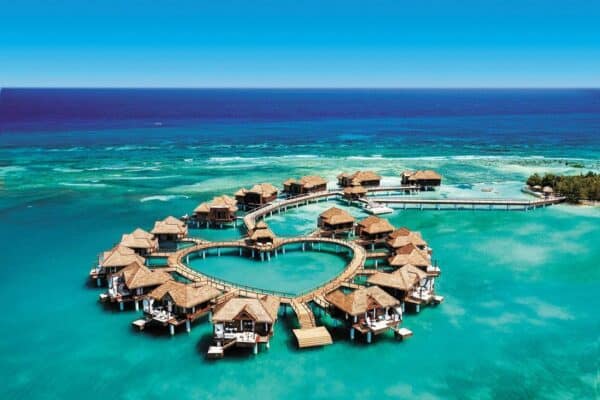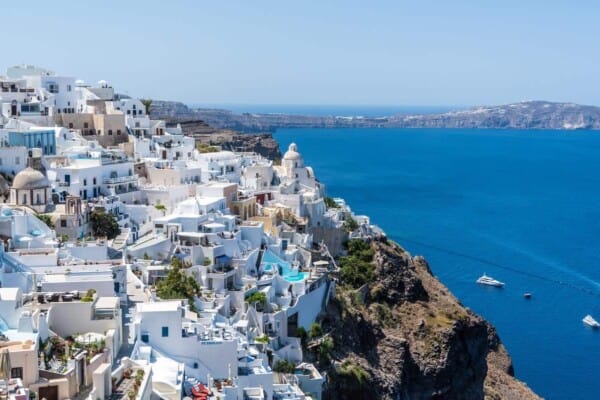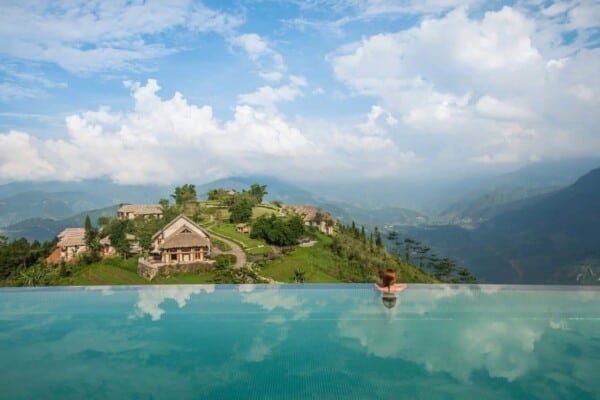When you’re a history buff, traveling is a different game. You’re not always looking for the most comfortable place to land – you’re looking for an experience that makes you feel like you’re right in the middle of history. You want to see ancient ruins, memorials, and temples.
Get ready for a rich, historical experience when you move these must-see sites to the top of your bucket list:
1. The Sistine Chapel in Rome, Italy
The Sistine Chapel is most famously known for the ceiling panels painted by Michelangelo in the 1500s. The most well-known scenes include “The Creation of Adam,” “The Fall of Man,” “The Separation of Light From Darkness,” and “The Last Judgment.”
Although the artwork is brilliantly displayed in books, witnessing the art in person is a humbling experience.
You don’t need tickets to see the Sistine Chapel, although scheduling a professional tour is highly recommended for several reasons. First, you won’t get squished by hundreds of other tourists and feel packed in like sardines. Second, The Sistine Chapel is the only building with air conditioning.
If you tour the other Vatican museum buildings before making your way to the Chapel with the crowd, you’ll be sweaty and hot by the time you arrive. Some people actually pass out from the heat, so you should definitely consider scheduling a private tour in advance.
2. The World War II Memorial in Washington, DC, USA
The World War II Memorial was built to honor the service of sixteen million members of the U.S. Armed Forces and the sacrifice made by 405,399 Americans. Those who sacrificed their lives are represented by a wall of 4,048 gold stars. Each star represents 100 American military deaths.
The memorial features 24 bronze bas-relief panels flanking a ceremonial entrance. One panel depicts the shock felt by the attack on Pearl Harbor. Another panel represents citizens who bought government securities to help out.
The beautiful granite columns surrounding a giant pool represent each U.S. state and territory at the time of the war. Throughout the memorial, quotes and other references are used to chronicle the efforts involved in winning the war.
The memorial is open 24 hours a day, but rangers are only on duty to answer questions from 9:30 a.m. to 10:00 p.m.
A quick tip for making your trip to the U.S. easy:
If you’re traveling to the U.S. from overseas, apply for a visa waiver. The Visa Waiver Program enables eligible citizens or nationals of certain countries to enter the U.S. for tourism and business purposes without obtaining a visa. You’re eligible for an ESTA visa waiver if you’re traveling to the U.S. for sightseeing.
3. Machu Picchu, Peru
If you keep reading about Machu Picchu, but haven’t taken a trip out to Peru, it’s time. Although Machu Picchu has been proven not to be the Lost City of the Inca, it’s a rich piece of Incan history and a breathtaking experience.
Engineers have estimated around 60% of the construction done to create the city was performed underground. The buildings all have deep foundations and crushed rock was used to drain the massive amounts of water from heavy rainfall.
Unlike other historical sites, you need to pay a fee to enter the site so come prepared with cash. First, you’ll need more than $100 USD for the train ride to get to Machu Picchu from Cusco. Once you arrive, admission will cost you between $50-$60 USD.
If you want to see the ruins up close, you can buy a bus ticket that will take you up and down the 2,000-foot slope. Or, if you’re in good shape and don’t mind a strenuous 90-minute workout, you can walk along the slope for free.
Quick travel tip for U.S. citizens:
If you’re a U.S. citizen, you don’t need a visa to enter Peru. All you need is a valid passport and evidence that you’ll either be traveling further or returning to where you came from (like a return ticket home or a ticket to another country if you’re going to continue traveling).
What are your favorite historical sites?
What historical sites have become your favorite over the years? Are there any places you visit regularly?


